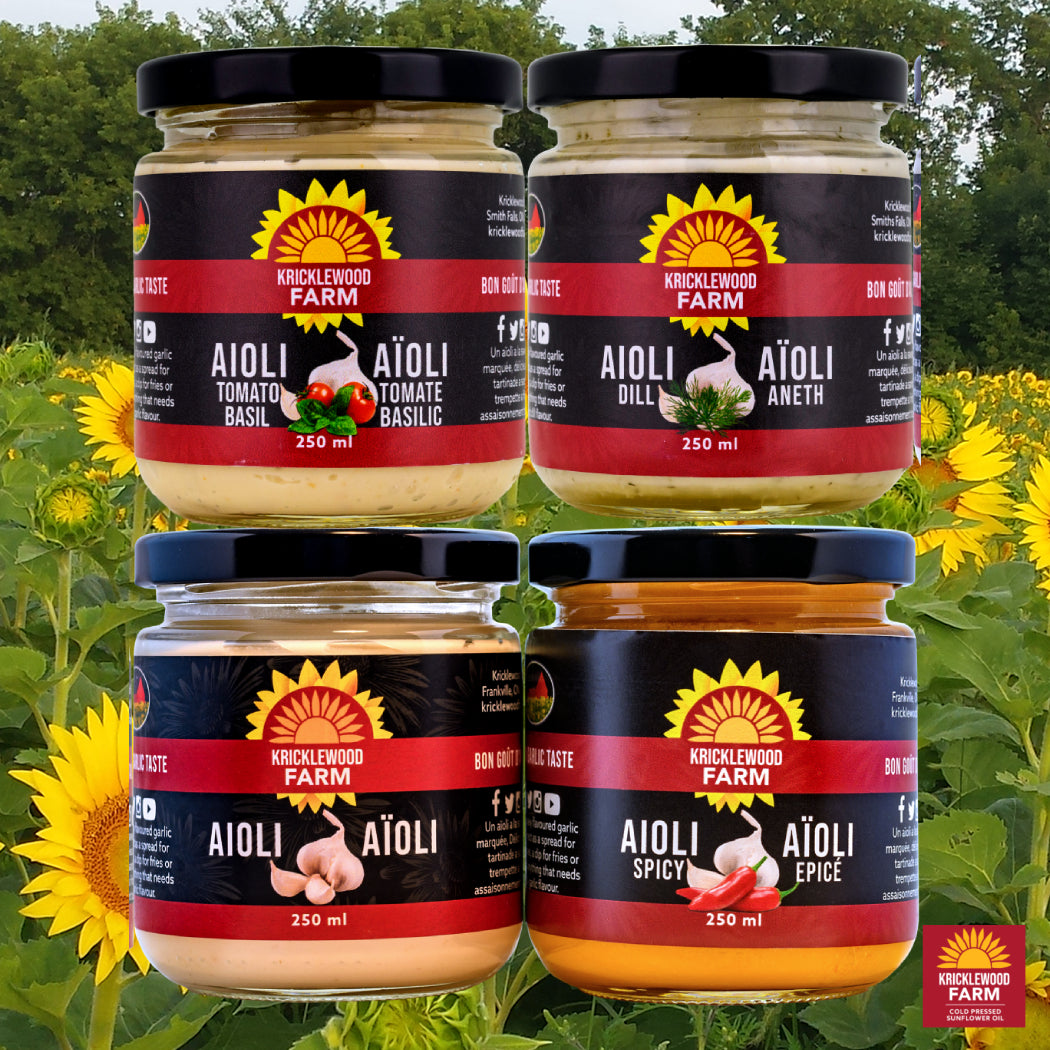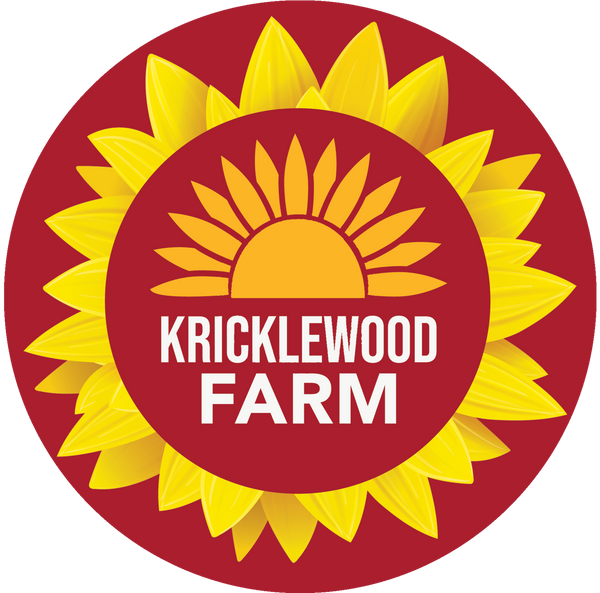Plant Sunflowers this Spring!
Share

Sometimes it helps to get through the dead of winter by imagining warm happy thoughts and what better way to do that is to think about Sunflowers and their bright sunny faces in the garden this summer!
Now is the time to plan ahead: peruse the seed catalogs, decide which ones you want and place orders for Spring arrival.
Sunflowers are one of the easiest flowers that you can grow in the garden. They are often used to introduce young gardeners to the joys of gardening. It's inspiring to plant seeds of the taller sunflowers and watch in wonder as they grow to tower into the sky.
Sunflowers are native American wildflowers and have been bred into an amazing variety of colours and heights giving plenty of options.
Sizes can be as small as a foot and a half tall to giant varieties, which grow to over 12 feet tall. In terms of colour, you can find varieties from very pale yellows to dark, burgundy reds and all shades of yellow, red, and orange in-between. There are even white varieties but I personally prefer the yellows and oranges and varieties with multi-colored petals.
In addition to height and colour, another option to consider is "branching" and "non-branching". Branching types produce many relatively smaller blooms over a long period of time. Non-branching types, also called single stem produce one flower per seed and are known to have long, straight stems.

Some of my favourites include "Autumn Beauty" (above), which produces a variety of flowers with the colours of Fall; "Ring of Fire" with its golden petal edges and a ring of red surrounding the chocolate brown center; and "Soraya" with an amazing amount of large orange flowers with deep-brown hearts. I have also enjoyed "Summer Smile" (below), a dwarf variety that can be planted in pots for a show wherever you want it.

Before you place your orders, keep in mind that Sunflowers prefer full sun and a lot of space if you are looking at some of the taller varieties. They will shade some of your other plants so keep that in mind too.
In terms of location, think of the bees and songbirds too. As an added bonus, sunflowers can help attract them to your garden. Bees will be abundant all summer when pollen is being produced. If you look closely at their back legs you should be able to see an the yellow pollen being collected.
 As summer progresses to fall and the flower matures the seeds are produced - they are a valuable food source for many birds over winter when other options are scarce. You have two options when using sunflower seeds to feed the birds. The first is to leave the sunflower heads where they are. This option is the easiest and also better if you enjoy birdwatching. It is quite a site to see a Finch or Chickadee, often hanging upside down at the flower head enjoying a seed or two. The other option is to remove the seeds from the head and to put them in your bird feeder. Wait until the head is very dry, usually by early November, cut off the head and scrape off the seeds into a container for winter storage.
As summer progresses to fall and the flower matures the seeds are produced - they are a valuable food source for many birds over winter when other options are scarce. You have two options when using sunflower seeds to feed the birds. The first is to leave the sunflower heads where they are. This option is the easiest and also better if you enjoy birdwatching. It is quite a site to see a Finch or Chickadee, often hanging upside down at the flower head enjoying a seed or two. The other option is to remove the seeds from the head and to put them in your bird feeder. Wait until the head is very dry, usually by early November, cut off the head and scrape off the seeds into a container for winter storage.
In terms of growing Sunflowers, they are not too fussy about soil quality and do fine in most soil types. They can also be drought tolerant but do need enough water to develop. Good drainage is important as they don't like wet feet. Generally speaking they prefer to be planted directly in the garden about an inch deep, a foot between in warm soil so try to wait at least until the end of May for planting. No need to start in the house as they usually don't like to be transplanted and do need a good bit of heat to really take off.
One last thing to factor in is bloom time, how many days before you can expect to see your first flowers. It will usually be indicated on the package but count on about 60 days for a full show – usually end of July or beginning of August. The good news is that the show will go on until winter as most Sunflowers are very sturdy with strong stems to hold their blooms for a good long time. You can also do some staggered planting by planting more seeds every couple of weeks until July. That way you you will have new blooms to look foward too well into Autumn.
If you are not sure where to order from, here a few Canadian companies with catalogues and on-line ordering. Have fun!
https://mckenzieseeds.com/collections/sunflower
https://www.stokeseeds.com/ca/flowers-annuals/helianthus-sunflowers
https://parkseed.com/sunflower/c/sunflower/
https://www.damseeds.com/collections/sunflowers
https://www.veseys.com/ca/flowers-and-bulbs/sunflowers.html


2 comments
Hi Linda, Sorry to hear that the Squirrels ate your seeds. I found a website with a few tips to try, the one that jumped out was to sprinkle bone meal on the ground in the area as they don’t like it. It’s also a fertilizer (which you can find at Hardware stores and garden centers) so good for the garden too. The other suggestion they have is to make a solution of cayenne pepper, water and dish soap to spray around the plants. One more, they don’t like the smell of pepper and moth balls so that might be worth a try too. Hope you can find a solution, please let me know and send photos of your flowers too! https://www.tipsbulletin.com/keep-squirrels-out-of-flower-pots/
Hi
Last year squirrels ate all my sunflower seeds. First time ever this happened and suggestions for this spring. I so love my sunflowers but not one last year survived.